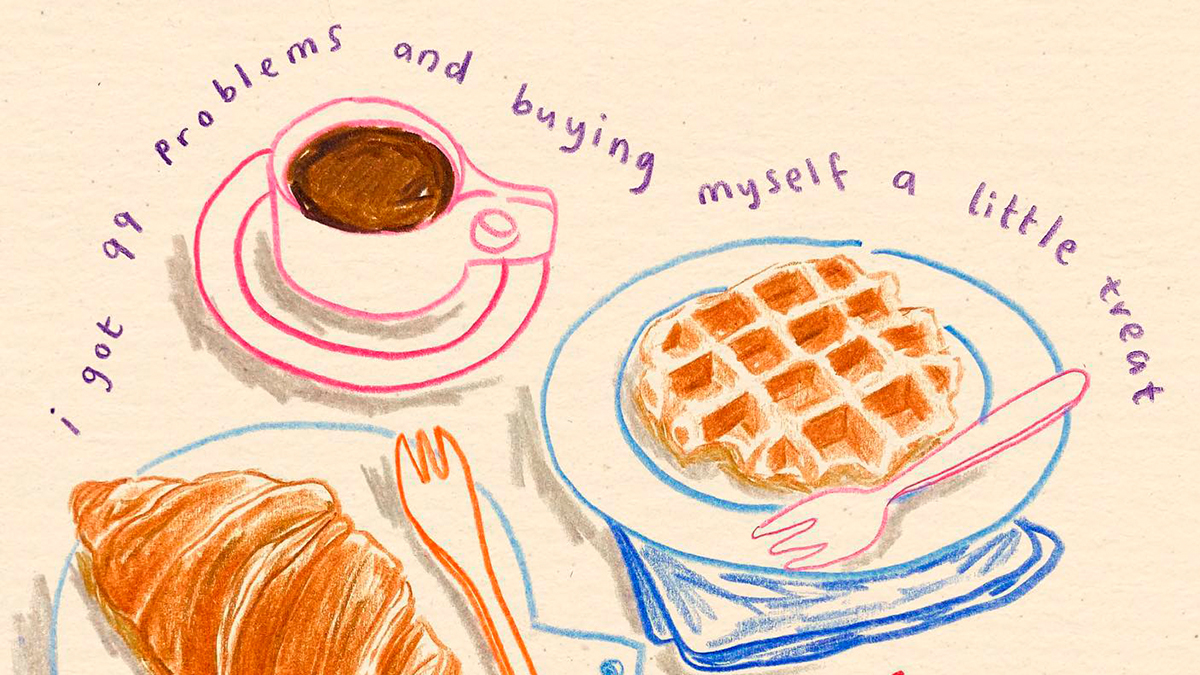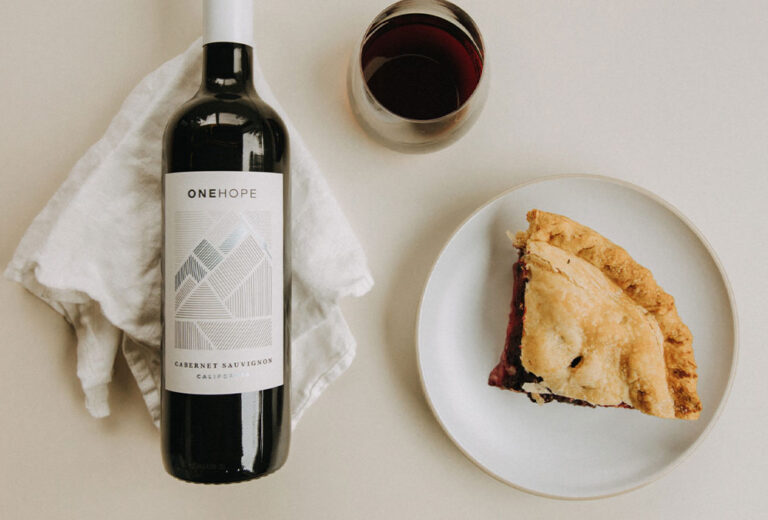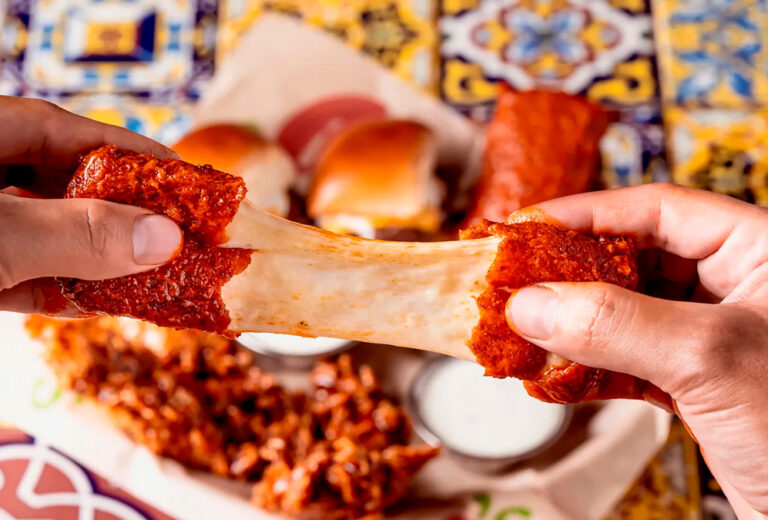Click here to read the Spanish version.
During the summer of last year, amidst the overstimulation of virtual content, a phenomenon emerged that seems to continue to beat at the heart of TikTok. And that was the #littletreat trend, based on a mantra that revolved around ‘little treats or moments of pleasure’ to escape in the midst of an often hostile reality. Acts of ‘self-care’ that led content creators and/or new generations to indulge themselves in the form of 4 euro iced lattes or 7 euro bubble teas.
All of this was consumed with a purpose: to transform that product or ‘instant gratification’ into content, reframing in synchrony one of the great dilemmas of the current era: whether we are really living or just projecting an aspirational lifestyle on the internet.
The ‘culture of the small whim’ is intrinsically related to that eternal search for stimulation or positive reinforcement that generation Z feels. A state that leads young people to make small purchases and/or feed on small moments to alleviate general malaise.
This has led snack companies to launch new products specifically designed to meet this demand through mini versions that can be enjoyed at any time. A strategy that often encourages impulse purchases, giving the message that ‘it’s okay to indulge’, which brands such as Tate’s Bake Shop, which launched its chocolate biscuits in a ‘tiny’ one-bite format, or Hostess with pastries that you can heat up in the microwave for a few minutes and satiate yourself with that ephemeral serotonin, have materialised.
The industry is even conducting studies on the relationship between Generation Z and snacking as a latent culture. Loacker, maker of Quadratini wafers, surveyed 1,700 US adults last year and found that ‘Generation Z and millennials place a higher priority on balancing great taste with high-quality ingredients that support their lifestyle choices’ and that ‘73% of Generation Z respondents cited quality as a key influence on how they choose sweet snacks now, compared to 50% of adults over 60’.





